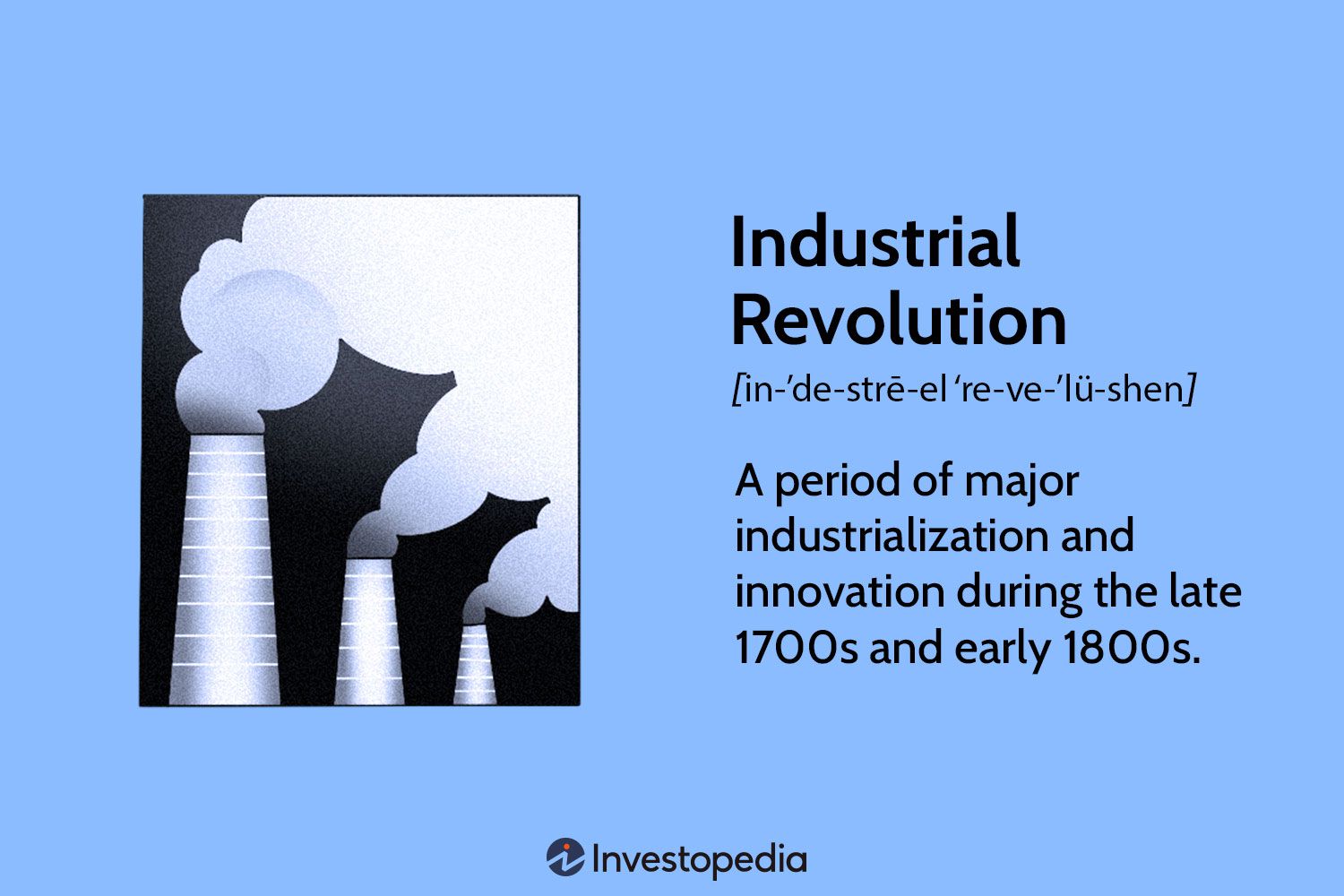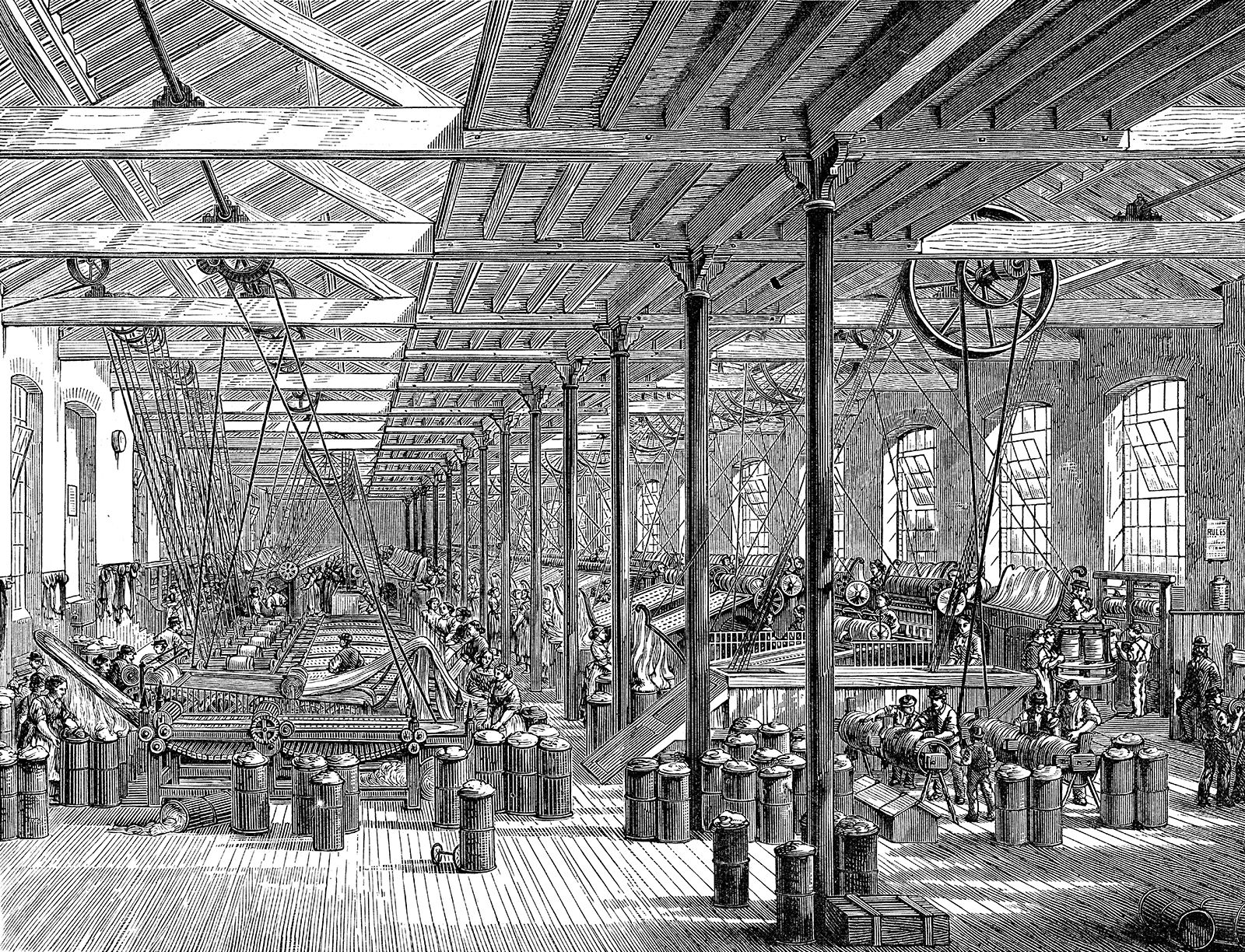The Industrial Revolution is a pivotal period in history that marked a dramatic shift in human society. It was a time of transformative technological advancements, unprecedented economic growth, and profound social changes. As factories emerged, powered by steam engines and new machinery, the way goods were produced and consumed was revolutionized. This era, which spanned from the late 18th to the early 19th century, set the stage for the modern industrialized world we live in today.
During the Industrial Revolution, there was a dramatic increase in the production of goods, fueled by mechanization and the use of new energy sources. This led to mass urbanization as people migrated from rural areas to cities in search of employment in the growing factories. The growth of industries also brought significant changes to transportation and communication, with the development of canals, railroads, and telegraph lines. However, alongside the positive advancements, this period also saw harsh working conditions, exploitation of workers, and widening economic inequalities. The Industrial Revolution represents both a time of progress and a reminder of the challenges faced in the pursuit of modernization.
The Industrial Revolution was a period of rapid industrialization that took place in the late 18th and early 19th centuries. It was characterized by the transition from manual labor to machine-based manufacturing, the introduction of new technologies, and the development of factories. This revolution had a profound impact on various aspects of society, including the economy, agriculture, transportation, and social structure. It marked a significant shift in how goods were produced, leading to increased productivity and economic growth.

Contents
- The Impact of the Industrial Revolution on Society
- The Industrial Revolution
- Key Takeaways
- Frequently Asked Questions
- 1. What were the main causes of the Industrial Revolution?
- 2. How did the Industrial Revolution impact society?
- 3. What were some notable inventions during the Industrial Revolution?
- 4. What were the long-term effects of the Industrial Revolution?
- 5. How did the Industrial Revolution impact the environment?
The Impact of the Industrial Revolution on Society
The Industrial Revolution was a period of significant technological advancement and economic transformation that took place between the late 18th and early 19th centuries. It marked a shift from a primarily agricultural and manual labor-based society to one characterized by industrialization, urbanization, and the use of machinery in production processes. This revolution brought about profound changes in various aspects of society, including the economy, labor, living conditions, and social class structure.Economic Transformation
The Industrial Revolution had a profound impact on the economy. It led to the transition from a predominantly agrarian-based economy to a manufacturing-based one. This shift was driven by technological advancements such as the invention of the steam engine and the mechanization of production processes. The introduction of factories and mass production techniques significantly increased productivity, leading to a surge in economic growth and the expansion of markets. Industries such as textiles, iron, and coal mining saw rapid growth during this period, paving the way for the modern industrial economy. The Industrial Revolution also had far-reaching effects on trade and commerce. The development of transportation infrastructure, such as canals and railways, facilitated the movement of goods over long distances, enabling the growth of national and international trade networks. This expansion of trade not only fueled economic growth but also brought about the globalization of markets, leading to increased competition and the development of new economic systems.Labor and Working Conditions
The Industrial Revolution brought about significant changes in the nature of work and the conditions in which people labored. Prior to the revolution, most work was done in small rural communities or homes, with craftsmen and farmers working at their own pace. However, with the rise of factories and industrial production, labor became more centralized and regimented. Factory work often involved long hours, low wages, and hazardous conditions. Workers, including men, women, and children, were subject to grueling shifts, with little time for rest or leisure. This exploitation of workers led to the rise of labor movements and the fight for worker rights and better working conditions. Despite these challenges, the Industrial Revolution also brought about new employment opportunities. As industries grew, they created a demand for a diverse range of skills, leading to the development of a more specialized workforce. With the mechanization of tasks, some workers transitioned from agricultural labor to factory jobs, contributing to the growth of urban areas and the formation of industrial towns and cities.Social Class Structure
Another significant impact of the Industrial Revolution was the transformation of social class structure. The rise of manufacturing and the growth of industries led to the emergence of a new class of industrial capitalists and factory owners who accumulated wealth and power. This elite class often wielded considerable influence over political and economic affairs. On the other hand, the working class faced harsh living conditions and limited social mobility. The crowded and unsanitary living conditions in industrial cities gave rise to slums and increased poverty rates. As the wealth gap widened, social tensions and inequality became more apparent, leading to social and political movements advocating for social reform and the redistribution of wealth. Furthermore, the Industrial Revolution also impacted the role of women in society. With the mechanization of tasks, more men left rural communities to work in factories, leaving women to take up domestic and caregiving responsibilities. However, women also entered the workforce in large numbers, particularly in the textile industry. This shift brought about changes in gender roles and challenged traditional notions of women’s place in society. The impact of the Industrial Revolution on society was multi-faceted and far-reaching. It transformed the economy, labor practices, living conditions, and social class structure. While it brought about significant progress and technological advancements, it also highlighted the need for social and political reforms to address the challenges faced by the working class. The legacy of the Industrial Revolution can still be felt in the modern world, shaping the way societies and economies operate today.
The Industrial Revolution
The Industrial Revolution refers to a period of significant economic and technological change that occurred in the late 18th and early 19th centuries. It was a time of immense industrial growth, transforming societies from agrarian-based economies to industrialized nations.
This revolution began in Great Britain and then spread to Europe, North America, and eventually to the rest of the world. It brought forth major advancements in manufacturing, transportation, agriculture, and communication. The transition from handmade to machine-made goods revolutionized production, leading to increased efficiency and productivity levels. The invention of steam engines, mechanized textile production, and the use of iron and coal were pivotal in driving this rapid industrialization.
The Industrial Revolution also had significant social and economic consequences. It led to urbanization as people flocked to cities in search of employment in factories. This gave rise to the emergence of a working class and labor movements advocating for workers’ rights. The revolution also brought changes in living conditions, social stratification, and the structure of the economy. Overall, the Industrial Revolution marked a turning point in human history, shaping the modern world we live in today.
Key Takeaways
- The Industrial Revolution was a period of rapid industrialization and technological advancements.
- It began in the 18th century in Great Britain and later spread to other parts of the world.
- Major innovations during the Industrial Revolution included the steam engine, textile machinery, and the factory system.
- The Industrial Revolution led to the growth of cities, the rise of capitalism, and the creation of a working class.
- It had a profound impact on society, transforming agriculture, transportation, and manufacturing processes.
Frequently Asked Questions
The Industrial Revolution was a period of significant industrialization and technological advancements that took place in the 18th and 19th centuries. It brought about major changes in agriculture, manufacturing, mining, transportation, and technology, leading to a shift from traditional hand production methods to machine-driven mass production.
1. What were the main causes of the Industrial Revolution?
The main causes of the Industrial Revolution were:
a) Technological advancements: Inventions such as the steam engine, textile machinery, and improved transportation systems revolutionized the way goods were produced and transported.
b) Access to raw materials: The discovery of new resources, such as coal and iron ore, provided the necessary materials for industrial production.
c) Population growth: A growing population led to an increased demand for goods, which in turn fueled industrialization.
2. How did the Industrial Revolution impact society?
The Industrial Revolution had a profound impact on society in several ways:
a) Urbanization: The rapid growth of industries resulted in mass migrations from rural areas to cities, leading to the rise of urban centers.
b) Social changes: The traditional social structure began to transform, as the middle class emerged and became more influential, while the working class faced harsh working and living conditions.
c) Economic growth: The industrialization of society led to increased production and trade, boosting the economy and creating wealth.
3. What were some notable inventions during the Industrial Revolution?
Some notable inventions during the Industrial Revolution were:
a) Steam engine: Invented by James Watt, the steam engine revolutionized transportation, manufacturing, and power generation.
b) Spinning jenny: Created by James Hargreaves, the spinning jenny enabled the mass production of textiles.
c) Telegraph: Developed by Samuel Morse, the telegraph revolutionized long-distance communication.
4. What were the long-term effects of the Industrial Revolution?
The long-term effects of the Industrial Revolution included:
a) Technological advancements: The inventions and innovations during this period laid the foundation for further technological advancements in various fields.
b) Economic transformation: The Industrial Revolution propelled economic growth and transformed societies from agrarian-based to industrial-based economies.
c) Social changes: The Industrial Revolution brought about social reforms, improved working conditions, and led to the emergence of labor unions.
5. How did the Industrial Revolution impact the environment?
The Industrial Revolution had both positive and negative environmental impacts:
a) Positive impacts: The introduction of new technologies and improved energy sources led to increased efficiency and reduced reliance on natural resources.
b) Negative impacts: Industrialization resulted in pollution, deforestation, and depletion of natural resources, leading to environmental degradation.
In summary, the Industrial Revolution was a time of significant change and advancement in the late 18th and early 19th centuries. It marked the transition from agrarian, handcrafted economies to industrialized, factory-based economies.
During this period, there were major technological innovations that revolutionized industries and significantly improved productivity. The steam engine, cotton gin, and assembly line are just a few examples of inventions that had a profound impact on the way goods were produced.